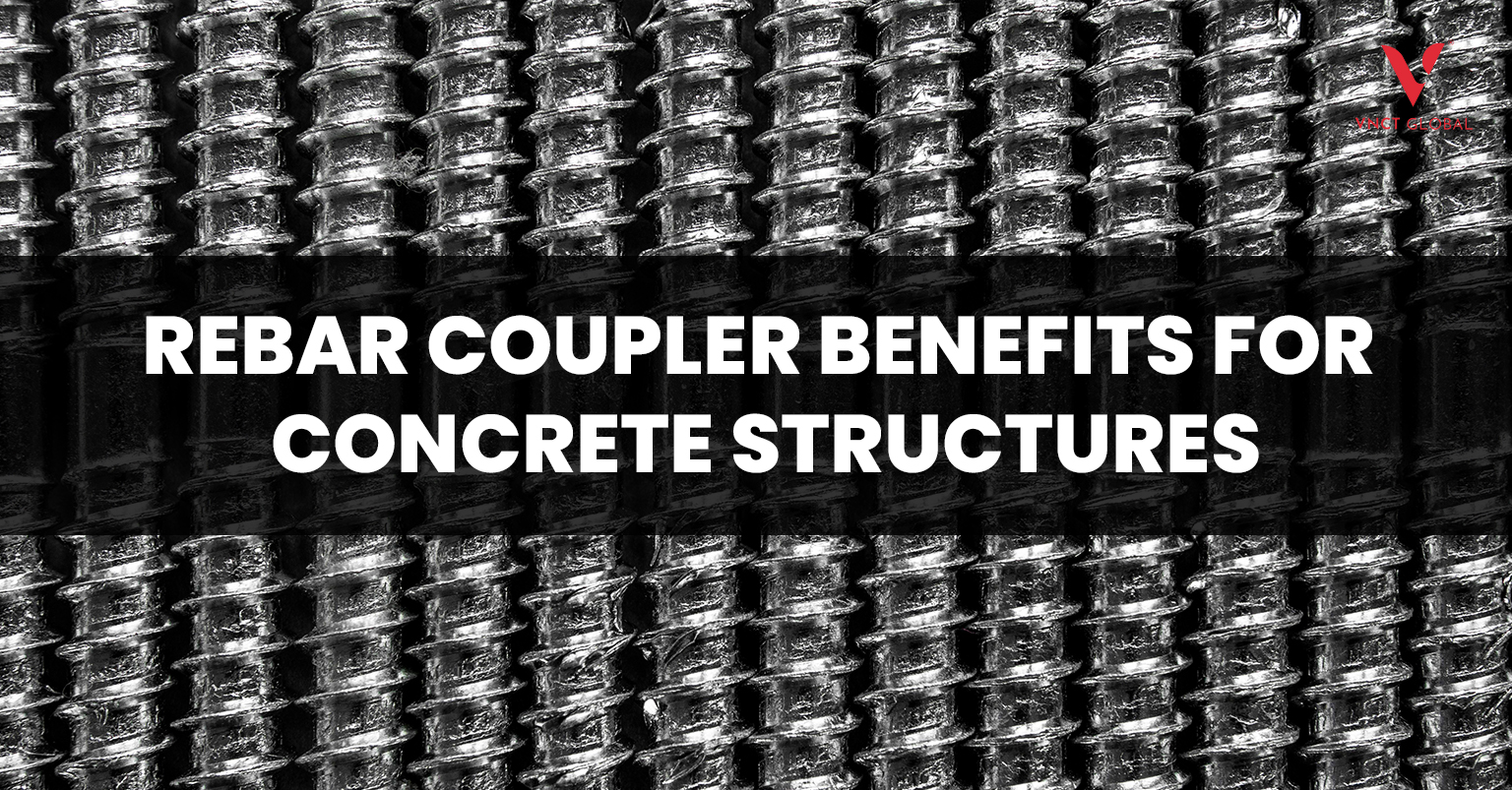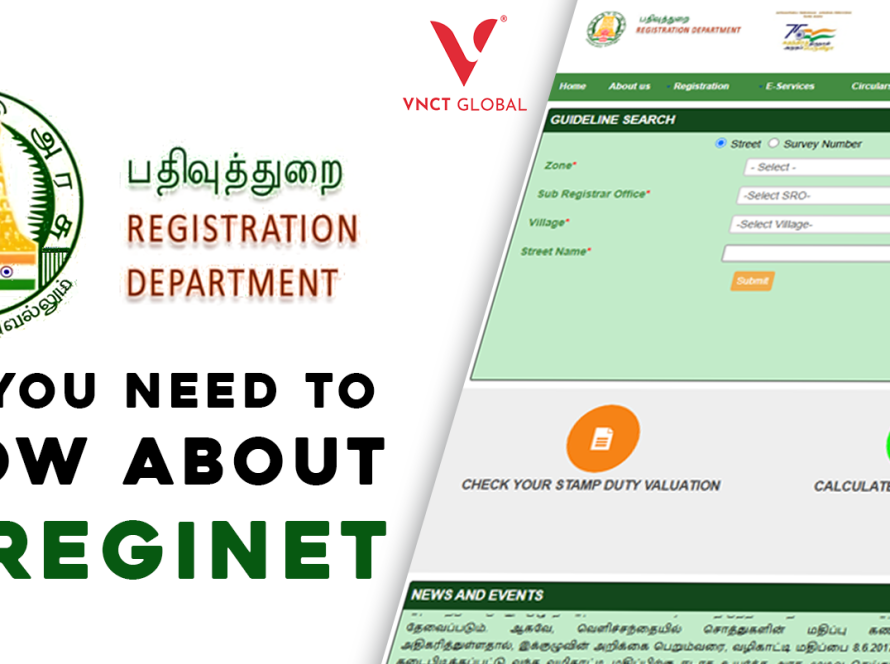Introduction
Rebar Coupler Benefits for Concrete Structures are increasingly recognized among engineers, builders, and developers as a superior alternative to traditional lap splices or welded joints. Using couplers can lead to stronger connections, less material waste, faster construction, and better performance—especially in modern villas or high-rise structures. Whether you’re building villas in Chennai, villas in Madurai, villas in Coimbatore, or luxury communities like Brookside Residences, Palm Beach, Creek Residences, Park Villas, or Ocean Drive Villas, knowing these benefits gives you an edge. As one of the best villa developers in India and among the largest villa developers in India, VNCT Global advocates for quality, longevity, and value in every structural decision. For NRIs investing from afar, we support you by integrating these high-performance systems into your villa, managing quality control, and ensuring the returns last a lifetime.
What is a Rebar Coupler?
A rebar coupler (also called mechanical splice or mechanical coupler) is a connector that joins two lengths of reinforcing bar (rebar) so the force is transferred seamlessly through the joint. Instead of overlapping two bars or welding them, a coupler grips or locks onto both ends, allowing continuity in the reinforcement path, even when you change bar diameters or cannot provide full overlapping length.
In modern concrete construction, couplers help maintain structural integrity without depending entirely on the concrete‐steel bond at the splice.
Types of Rebar Couplers
There are many varieties of couplers, each suited to specific use cases. Below are common types:
1. Threaded Coupler
Uses threads on the rebar ends and inside the coupler. The bars are screwed in.
2. Tapered Threaded Coupler
Has a tapered internal thread, allowing self‐locating engagement.
3. Parallel Threaded Coupler
Straight threads without taper, often requiring careful matching.
4. Upset-End Threaded Coupler
One end of the rebar is upset (expanded) to accept a coupler.
5. Swaged Coupler (Cold Pressed)
The coupler is crimped (cold pressed) onto the rebar ends.
6. Hydraulically Pressed Coupler
Uses hydraulic pressure to compress or deform the coupler onto the bars.
7. Grouted Sleeve Coupler
A sleeve into which rebar is inserted and then grouted (cementitious grout) to bond.
8. Weldable Coupler
One part can be welded to a rebar, the other part receives the adjoining bar.
9. Welded Sleeve Coupler
The sleeve is welded onto both bars to form the joint.
10. Position Coupler
Allows joining where rotation is not possible (bars cannot be turned).
11. Transition Coupler (Different Diameter Rebars)
Connects rebars of different diameters in a transition zone.
12. Seismic Coupler
Designed for high ductility under cyclic (earthquake) loading.
13. Locking Bolted Coupler
Uses bolts or locking mechanisms to secure the bars inside a sleeve.
These types cover most applications in construction, from normal beams and columns to seismic zones, transitions, or retrofit work
How to Choose the Right Rebar Coupler?
Selecting a coupler involves considering:
- Load requirements and design codes: Ensure the coupler strength meets or exceeds code demands (often 125% or more of bar yield).
- Bar diameter compatibility: Especially if you need transition couplers or differing bar sizes.
- Site constraints: Whether bars can be rotated (for threaded types) or must be joined positionally.
- Space and congestion: In narrow column intersections, couplers reduce congestion versus overlapping bars.
- Constructability & ease of inspection: Visual inspection, torque marking, traceability matter.
- Cost versus benefit: While couplers cost more per piece, savings in steel, labor, and waste may justify them.
- Seismic and durability requirements: For high risk zones, use couplers with high ductility (seismic couplers).
- Standards & certifications: Make sure couplers comply with relevant national/international standards (e.g. ISO, BIS, ACI).
Advantages of Rebar Couplers
Here are the key Rebar Coupler Benefits for Concrete Structures:
- Stronger, more reliable joints
Couplers create continuous reinforcement that doesn’t rely solely on concrete bonding or lap length.
“Bar-break” coupler systems allow the joint to be stronger than the bar itself, so failure occurs in the bar rather than at the coupler. - Reduced steel congestion & section size
No overlapping means cleaner layouts, less double layering, and more freedom in design. - Material savings & waste reduction
Since overlapping excess length is eliminated, rebar waste is minimized. - Faster construction & labor savings
Couplers simplify joining, reduce splicing work, and speed up on-site operations. - Improved structural integrity in seismic zones
They maintain ductility under cyclic loading, better than overlapping splices prone to local failure. - Independent of concrete quality
Joints’ performance does not depend heavily on concrete bond strength, reducing risk from poor concrete compaction or mix. - Better inspection and quality control
Many couplers allow visual or torque verification; more traceable than hidden laps. - Design flexibility & retrofit
Easy to use in precast, extension works, columns, and in constrained zones.
Disadvantages of Rebar Couplers
No technology is perfect. Some limitations to note:
- Higher initial component cost
Couplers add cost per joint, especially for smaller bars where lap splice is cheap. - Need for precise fabrication, alignment, and installation
Tolerances, alignment, and workmanship are stricter. Misalignment can cause stress concentrations. - Special equipment or preparation
Threading, upsetting, or hydraulic pressing may require tools or factory work. - Availability constraints
For very large diameters or custom bars, couplers may be harder to source locally. - Risk of mismatch or substandard product
If coupler grade or quality is poor (material, threads, traceability), joint performance can suffer. - Less benefit for small rebar sizes
For small bars (say 8 mm or 10 mm), the cost advantage may not justify use in all cases.
Application of Rebar Couplers
- Rebar couplers are used in a variety of concrete structure contexts:
- Beam, column, slab joints
- High-rise construction where overlapping would lead to too much congestion
- Precast concrete elements joining factory-cast members on site Dextra Group
- Structural retrofits, repairs, extensions
- Bridge, tunnel, infrastructure applications
- Seismic zones requiring high ductility
- Anywhere overlapping laps are impractical or inefficient
In premium villa projects (for example in villas in Chennai, villas in Madurai, villas in Coimbatore, or high-end communities like Brookside Residences, Palm Beach, Creek Residences, Park Villas, Ocean Drive Villas), using couplers can ensure that structural skeletons are efficient, safe, and durable even under future load expansions or modifications. As one of the best villa developers in India and among the largest villa developers in India, VNCT Global includes coupler strategies in structural designs to improve build quality, minimize risk, and deliver better long-term value.
Conclusion
The Rebar Coupler Benefits for Concrete Structures are compelling: stronger joints, reduced waste, cleaner reinforcement layouts, faster builds, better seismic performance, and greater design flexibility. Though they come with higher upfront cost and stricter installation demands, the long-term gains often make them worthwhile—especially in high-end or critical constructions. For NRIs investing in villas through VNCT Global, we manage the structural details including the coupler systems, ensure on-site quality, and integrate these advanced methods into your villa in Chennai, Coimbatore, Madurai, or signature developments like Brookside Residences or Ocean Drive Villas.
If you’d like, I can prepare a version of this blog focusing on cost comparison (couplers vs lapping) for villa construction, or a buyer’s checklist for NRI clients. Would you like me to write that next?
FAQs for Rebar Coupler Benefits for Concrete Structures
Q1. Do rebar couplers really improve the strength compared to lap splices?
Yes. Properly designed mechanical couplers can exceed the strength of traditional lap splices and preserve ductility, especially “bar break” types.
Q2. At what rebar diameter do couplers make sense economically?
They become more cost-effective from moderate to large diameters (e.g. above 16 mm) because overlap length grows and waste becomes substantial.
Q3. Can couplers be used where bars cannot be rotated?
Yes, positional or locking bolted couplers are designed exactly for that constraint.
Q4. Are couplers suitable in seismic zones?
Absolutely. Seismic or cyclic-rated couplers are designed to maintain ductility under repeated loading.
Q5. For an NRI client, what should I check about couplers in my villa’s structural plan?
Ask to see coupler type, design calculations, test certificates, installation method, alignment tolerances, traceability markings, and how quality control will be done onsite.





